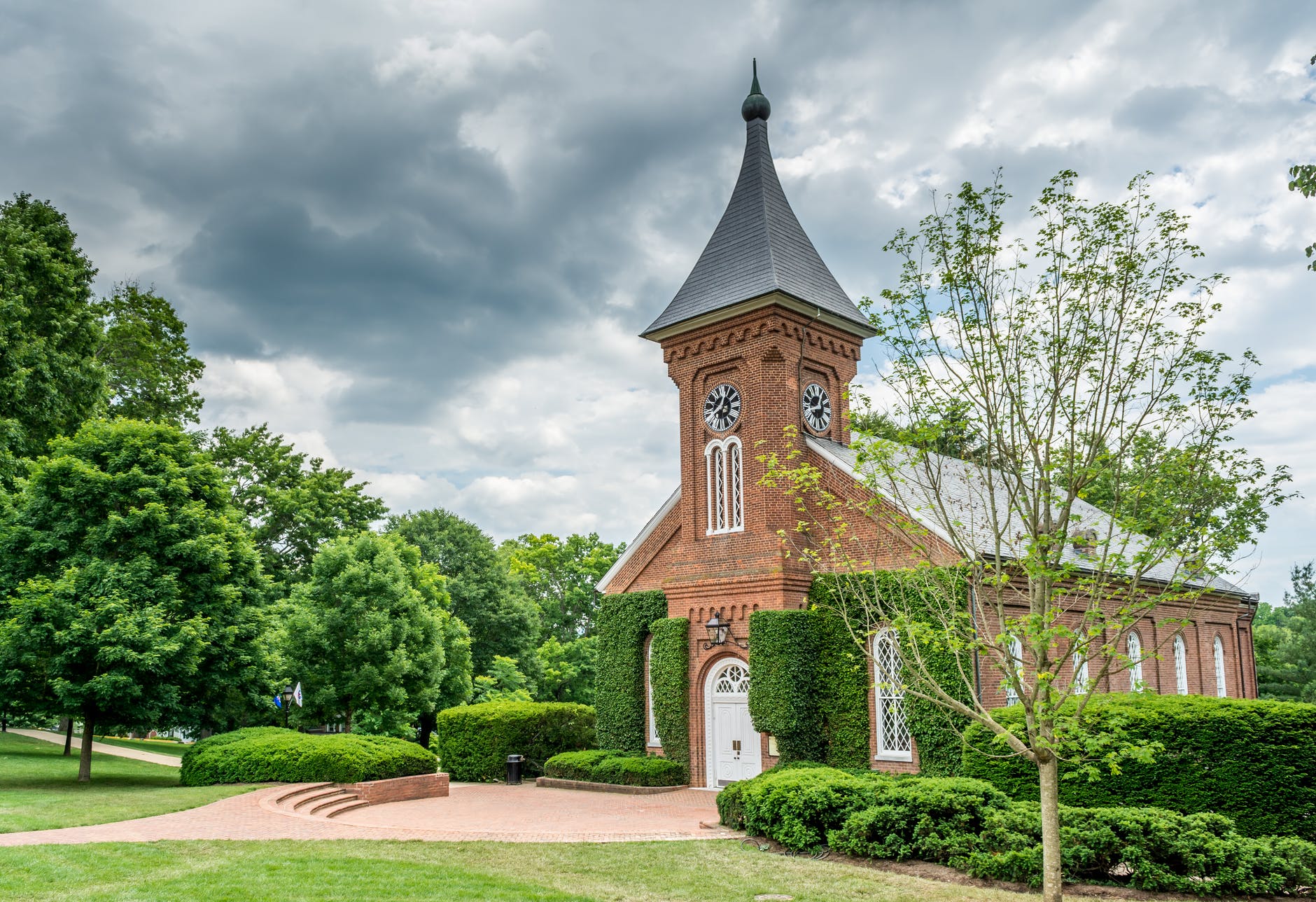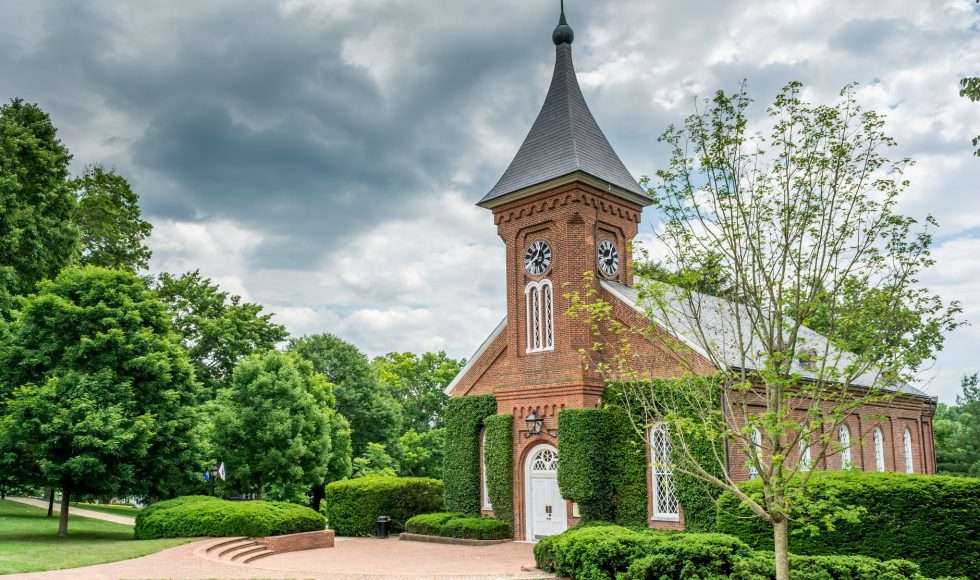Tonight we continued with Open Ed 2021 sessions and watched the twenty-minute recorded session entitled “Teaching Hard Histories for Racial Healing: The Lynching in Virginia Curriculum Project.” A multi-disciplinary team from James Madison University presented their work: Mary Beth Concienne, Ashley Jaffee, Alia Stone, Gianluca De Fazio, Kristen Mlodynia, Nicole Wilson, Liz Thompson, and Elaine Kaye. The team includes faculty, instructional designers, librarians, and students! The team has been committed to many voices and commitment to open publishing. Gianluca De Fazio has led a project to examine the lynching of thousands of people in the US South. This project was both a data collection effort and pedagogical activity. Students gather articles and information presented on the website. This website and activity honor the memories of those who died without the benefit of due process according to the team. The project has also helped an interdisciplinary team to develop pedagogical tools, instructional design elements, and institutional support. The lesson plan uses established curricular frameworks to change the narrative to center equity in middle and high school classes. Undergraduate students use documents, narratives, and graphics to develop lessons and address contemporary subjects. The lesson plans are developed into inquiry design models (IDM). The group has been committed to Critical Digital Pedagogy (CDP) as a way to center community and collaboration and emphasize the equitable distribution of power. The group talked about upholding values that center community and collaboration. The group published in OER Commons because of high traffic and easy collaboration and has a useful publishing platform. The group designed a workshop to guide students on how to publish content on OER Commons on topics that are considered by some to be controversial. I have not explored OER Commons enough! I need to consider it for current and future projects. The project site offers commenting capacity with moderation. There is a victims page that is sortable and filterable. Visitors are invited to read short descriptions of the lynching and interact with an embedded Airtable. There are also visualizations and a Tableau dashboard. Future plans include a page that will have links to the OER Commons lesson plans. The team is also working on funding to offer professional development and compensation for teachers to develop allies and collaborators. This project is an example of amplifying student and victim voices, educating the public, and sharing collaboratively. I love it and hope to learn more to develop the Delftia Project to reach some of the social impact and community-building goals of The Lynching in Virginia Curriculum Project.



